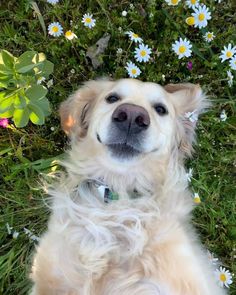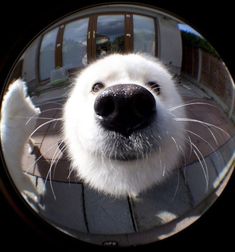



Understanding your dog goes beyond simple commands like “sit” or “stay.” It’s about observing their body language, recognizing their behavior, and building a strong bond through trust and mutual respect. Dogs can’t communicate with words, but they have an incredible ability to express themselves through subtle cues, sounds, and actions. To truly understand your dog, you need to tune into these signs and learn how to read them.




One of the first ways to get closer to understanding your dog is by paying attention to their body language. Dogs rely heavily on this form of communication, and their tail, ears, eyes, and overall posture often tell you what they’re feel ing. For example, a wagging tail isn’t always a sign of happiness. If the tail is low and wagging slowly, your dog might be feeling unsure or cautious. On the other hand, a high, stiff tail with rapid wagging could indicate excitement or even agitation. Similarly, ears that are perked up show curiosity, while flattened ears often mean fear or submission. Paying attention to these signs helps you gauge your dog’s emotions in any given situation.




Sounds are another important aspect of dog communication. Each type of bark, whine, or growl can tell a different story. A short, repetitive bark usually means your dog is excited or alert. However, a deeper, more prolonged bark could be a warning or an expression of frustration. Whining can indicate anxiety, pain, or a desire for attention, while growling is often a clear signal that your dog feels threatened or uncomfortable. By listening closely, you can decipher the underlying message and respond appropriately.




Daily behaviors are also clues to what your dog is thinking or feeling. For example, when a dog jumps up on you, it’s often a sign of excitement and affection. However, excessive jumping could indicate pent-up energy or a need for attention. Dogs that chase their tails may be trying to entertain themselves, especially if they’re feeling bored. Rolling onto their back and exposing their belly is a clear sign that your dog trusts you and feels safe in your presence. These behaviors may seem minor, but they are windows into your dog’s mindset and well-being.




When it comes to bonding, one of the best ways to understand your dog is through interaction. Dogs that run to greet you when you call their name are showing both loyalty and trust. Following you around the house, on the other hand, indicates a strong attachment and a desire to stay close, seeking comfort and security from your presence. Licking your face or hands is another gesture of affection and bonding, often seen as a dog’s way of expressing love and contentment.




The key to deepening your relationship with your dog lies in fostering open communication. You can create a safe space for this communication by spending quality time together, whether it’s through playing, walking, or simply sitting with them. Games like fetch, tug-of-war, or even a simple walk around the block allow you to learn more about your dog’s personality, energy levels, and preferences. Training sessions, when done with positive reinforcement, not only teach your dog how to behave but also provide valuable insights into their emotional responses and learning style. This two-way communication helps you understand your dog’s needs while also strengthening their trust in you.




By paying attention to body language, sounds, and behavior, you’ll develop a deeper understanding of your dog’s thoughts and feelings. This connection leads to a stronger bond, as your dog will appreciate your efforts to listen and respond to their needs. While dogs may not speak the same language as us, they communicate clearly in their own way—through subtle expressions, playful antics, and heartwarming gestures of loyalty.



In the end, understanding your dog is about more than just figuring out what they want. It’s about building a relationship based on love, trust, and mutual respect. The more you invest in getting to know your dog’s unique way of communicating, the more rewarding your bond will become. Dogs aren’t just pets; they are companions who, with a little attention and understanding, can show you the true meaning of unconditional love and friendship.
